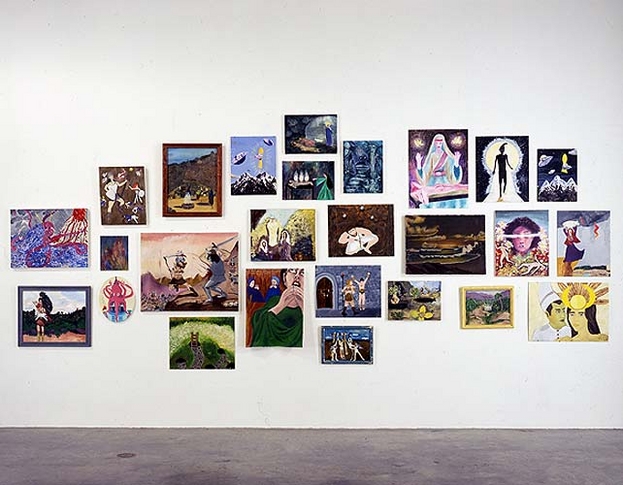The Awakening of Spring by Frank Wedekind Is a heart gripping, tragic play that depicts the struggles that adolescents face during puberty. The transition from childhood and adulthood is a period in which adolescents need guidance from friends and family. Wedekind shows this through the hardships that the three main characters, Wendla, Moritz, and Melchoir experience during this time of transition.
An especially important point that Wedekind brings up is that adolescents should be taught about their sexuality and changes that will be occurring. Without this knowledge there are conflicts and insecurities that arise. Moritz shows the insecurites that teens may be subject to go through. He is unsure of what is happening to him and his desire to fit in causes him to undergo an extreme amount of stress which eventually leads to his suicide. This is not far off from what occurs today. Despite the increase of acceptance and understanding adolescents still experience thoughts of suicide and lack of confidence.
Moritz is not the only one who takes a toll from the lack of knowledge. The story of Wendla is one that emphasizes the important of sexual knowledge. Being sheltered by her mother, she is unaware and hidden from the truth about the changes happening to her body and has a lack of sexual education. We as readers are shown that the desire to hide sexual education may cause problems in other areas. Wendla is unaware that she was raped due to her lack of knowledge. As a parent, her mothers desire to continue to cover up and hide the idea of sexuality from her daughter through abortion and eventually this leads to her death as well. Even today abortion is a widely controversial topic all around. I believe that what Wedekind was trying to convey is that whether one thinks abortion and sexuality is right or wrong, a person should have the right to make that decision for themselves. He stresses the important of teaching and conveying knowledge about the changes that occur during puberty and the help that teenagers need during this period of transition.
I found this play to be very close home. Even now, during a time of experiment and the fact that people are more open about sexuality and such, teenagers go through hardships and insecurities still. Having the knowledge does not guarantee that there will be no problems but, it does help with the transition into adulthood.







 According to a
According to a 







Recent Comments